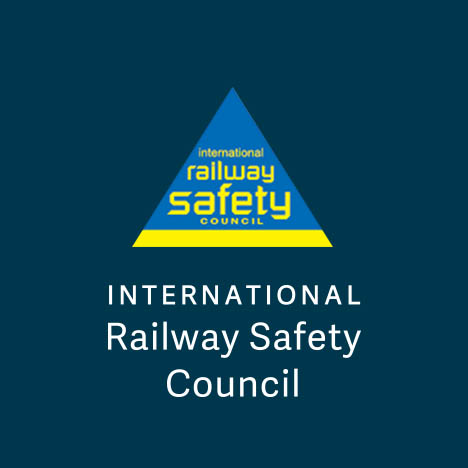The Channel Tunnel is a 51km long railway tunnel that connects Folkestone, England with Coquelles, France. In 2011, the Infrastructure Manager for the Channel Tunnel, Eurotunnel, began to investigate the feasibility of installing a high voltage, direct current interconnector through one of the Channel Tunnel bores, as an alternative to the usual route for those types of installation i.e. the sea bed. This was a world first project as although interconnectors had been previously installed into tunnels, one had never been installed in an operational rail tunnel.
Not only was this a first for Eurotunnel and their contractors, it was also the first time that the regulators and safety advisors had been faced with the task of assessing the safety implications of such a complex project and approving the installation. It was clear from an early stage of the project that a hybrid approach would need to be adopted by the binational authorities responsible for overseeing safety arrangements in the Channel Tunnel. In this respect, the Channel Tunnel Safety Authority (CTSA) acted as the safety advisory body to the National Safety Authority (NSA), which was the Channel Tunnel Intergovernmental Commission (IGC) until January 2021, when the role spit between the IGC for the UK half of the tunnel and tablissement public de scurit ferroviaire (EPSF) for the French half.
The CTSA engaged with Eurotunnel at an early stage of the project and began developing the appropriate structures and forums for managing the safety assessment process. Additional resources were identified and procured by the CTSA to ensure that the necessary technical expertise was available to provide a qualified opinion on highly specialist issues such as electro-magnetic compatibility (EMC), energy release from cable faults, emergency scenarios and protection devices for high voltage systems. Additional personnel were also recruited to ensure that the requisite level of administrative support was available to manage the large quantity of technical documentation and to support the CTSA delegates with records of assessment activity. Regular coordination meetings (approximately 132 in total) were arranged between the UK and French authorities, together with Eurotunnel, its contractors and experts, to ensure that the assessment process was agreed and aligned, and that the output of third party, expert technical advice was properly considered.
The interconnector installation and energisation was completed in 2021, and following an extensive test programme was approved for commercial operation by the UK and French National Safety Authorities in 2022. Many lessons were learned through the assessment process and the authors look forward to sharing some of these with delegates via an oral presentation at the International Rail Safety Council in Cape Town later this year.

